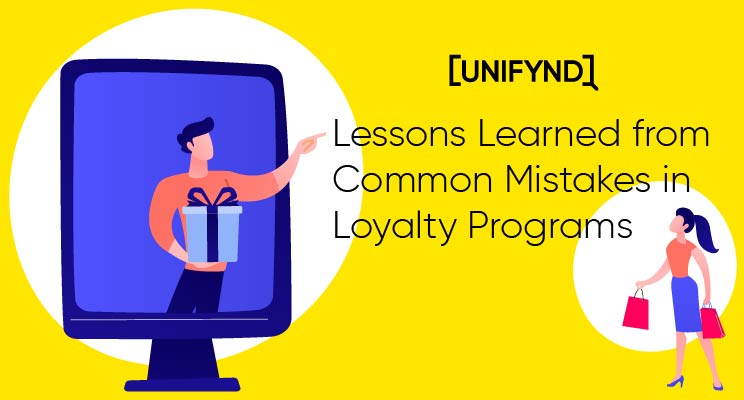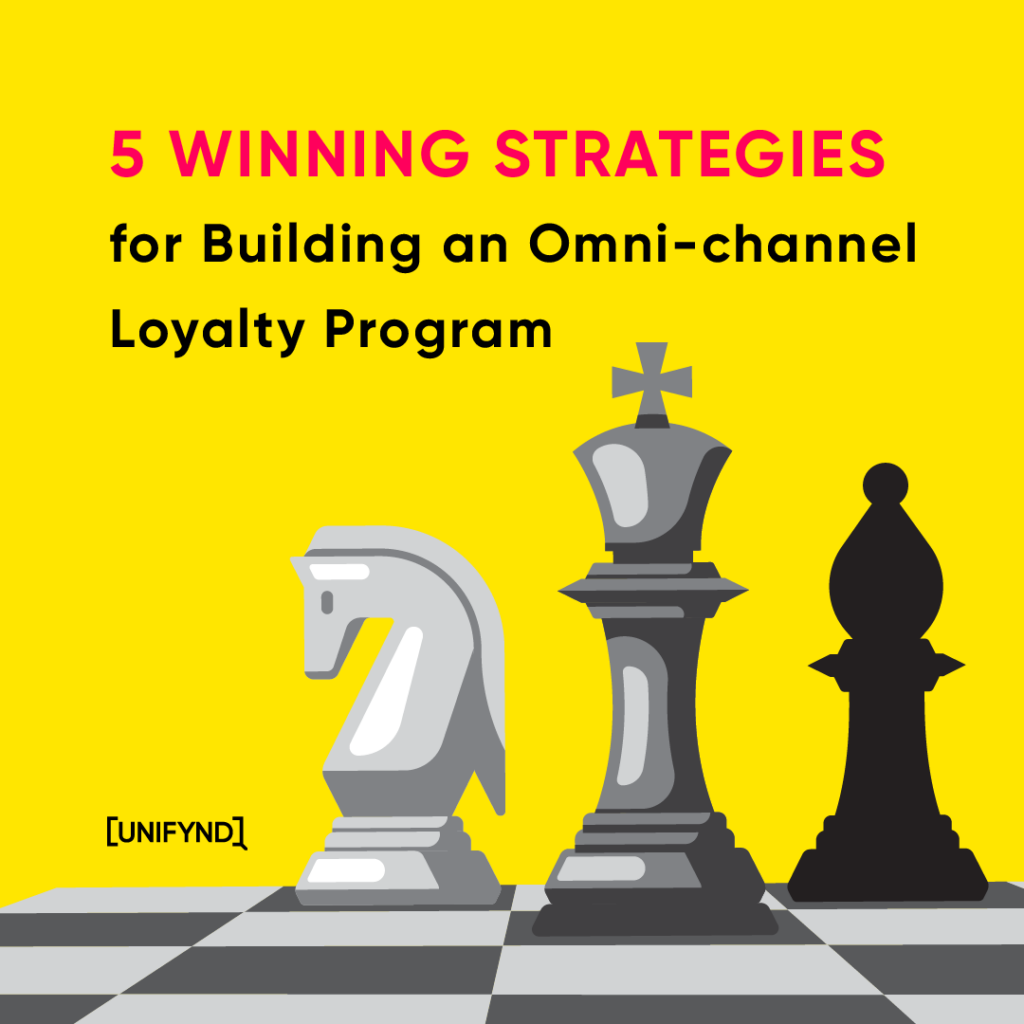In this fast-growing market of various products and brands, the House of Brands is one of the highly appreciated and adopted brand strategy models. A House of Brands offers a fresh viewpoint on creating an empire for consumers. Instead of focusing on one master brand, a house of brands promotes several unique, independent brands that are distinct from one another.
These companies each have a unique identity, with distinctive names, logos, and target audiences. Unilever is the classic example of a House of Brands since it owns several brands in numerous markets and product categories.
In today’s time, we have learned one thing, one-size-fits-all solutions simply don’t cut it anymore. With the rise of the “unique customer” who wants everything to be personalized and hyper-relevant, companies need to custom-tailor their customer retention strategy to fit their unique needs. The best way to begin this journey is by designing a consumer-facing brand loyalty program that embodies everything your brand stands for.
But, why is House of Brands becoming popular?
Right from its adoption in the Indian start-up space, House of Brands has shown sizeable potential and this business model has led to a revolution. With multiple brands under one umbrella, this approach proffers a portfolio of products that can broaden the enterprise’s demographic reach along with an increase in customer base.
Diversify the product offerings
In recent years, companies have realized the need to diversify their product offerings without diluting their brand identity. To build a niche or target specific markets or audiences without risking confusion or dilution of core brands, companies are building separate brands for different products or product lines.
Stay competitive in the market
A House of Brands offers companies a wider range of products that appeal to different customer segments which in return helps them to stay competitive in the market. The strategy of developing multiple brands helps to create a portfolio of products that cover different price points, styles, and features and appeal to a broader range of consumers.
Cut-down expenditure
A house of brands manages its branches under one tree thus helping to bring down additional company expenditure. The operating expenses are considerably reduced when there is no need for a separate marketing division, accounting team, sourcing team, etc., and hence a higher EBITDA for the brands.
How does a House of Brands build a perfect loyalty program?
Building customer loyalty is essential for any business, including a House of Brands. These are some strategies that can help:
- Consistent Brand Messaging: Ensure that each brand under the House of Brands umbrella has a consistent message and values. When customers recognize the values they cherish in the various brands offered by the House of Brands, they are more likely to develop a connection and stick around. For instance, Starbucks implemented a value-based loyalty scheme that awards customers two stars for every dollar spent. And, the customers who collect 125 stars were able to redeem a free drink and food.
- Personalized Communication: Tailor communication with customers based on their individual preferences and needs. By offering a personalized experience, customers feel valued, which increases their loyalty to the House of Brands. Sephora provides its customers with personalized recommendations that elevate the customer experience by demonstrating an understanding of each customer’s purchase habits and preferred products.
- Rewarding Loyalty: Offer incentives, discounts, or rewards to loyal customers. Customers appreciate being recognized and rewarded for their loyalty, which can increase their willingness to remain loyal. Marriott Bonvoy has taken different measures to provide its customers with luxurious experiential rewards. These rewards come along with a tiered membership that offers its customers rewards based on their long-term commitment to the brand’s customer experience.
Hurdles in developing a loyalty program
Building a loyalty program for a house of brands can be challenging because it requires balancing the needs and preferences of multiple brands while also providing value to the customers.
1.Brand differentiation: Each brand under the house of brands may have different target customers, product lines, and brand identities. It can be challenging to create a loyalty program that differentiates each brand while also making it cohesive and unified.
2. Program structure: The structure of the loyalty program must be designed to incentivize customers to purchase products from different brands under the house of brands. This can be difficult to achieve without diluting the value of the program for individual brands.
3. Data integration: A house of brands may have multiple data sources, and integrating data from different brands can be challenging. To create an effective loyalty program, customer data must be collected and analyzed from each brand, and the data should be consolidated to create a unified view of the customer.
Unifynd’s solution to a successful loyalty program for a House of Brands
At Unifynd, we have developed a technology that helps you not only in understanding your audiences but also provides you with a mechanism that undertakes the role of proving end-to-end loyalty services to your consumers.
1.Customer retention: A loyalty program can incentivize customers to continue doing business with a particular brand within the house of brands. By offering rewards for repeat purchases or engagement, customers are more likely to remain loyal to the brand, which can increase customer retention rates, build customer relationships and ultimately drive revenue growth.
2. Cross-selling: A house of brands can use a loyalty program to encourage customers to try out other brands within the portfolio. By offering rewards or incentives for purchases across different brands, customers may be more likely to explore other products or services within the house of brands.
3. Data collection: Loyalty programs can help to collect valuable data on customer behavior and preferences. By tracking customer purchases and customer engagement, companies can gain insights into what products or services are most popular, what types of promotions are most effective, and how to personalize marketing efforts to each customer’s individual preferences.
4. Competitive advantage: Offering a loyalty program can differentiate a brand from its competitors and provide a competitive advantage. Customers are more likely to do business with a brand that offers rewards and incentives for their loyalty, especially if the rewards are unique and valuable.
5. Brand advocacy: A loyalty program can turn customers into brand advocates, encouraging them to share positive experiences with others and recommend the brand to friends and family. This can help to build brand awareness and drive new customer acquisition.
Conclusion
A House of Brands strategy can be an effective way to build customer loyalty by offering a diverse range of products and experiences that cater to different consumer needs and preferences. However, it is important to ensure that each brand within the portfolio has a unique identity and value proposition that resonates with its target audience.
Loyalty programs can also be a powerful tool for building customer loyalty, but they need to be designed with care and attention to ensure they deliver real value to members. Unifynd offers personalized rewards and experiences, as well as easy-to-understand rules and terms, which help in building loyalty programs. Unifynd’s loyalty programs create a sense of exclusivity and incentivize customers to stay loyal to a particular brand or portfolio of brands.
Reach us at growth@unifynd.com to begin your loyalty journey!







